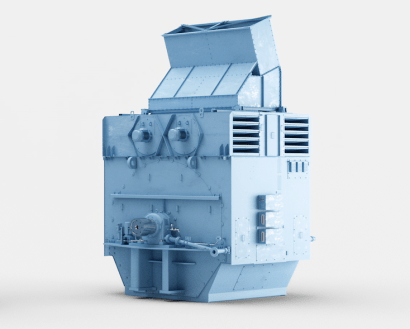
These range from short-term, peak shaving, through intermediate operation to traditional, continuous baseload generation. The new synchronous generator also offers the capability to increase the inertia available by incorporating flywheels.
"Growing levels of intermittent and variable renewable energy resources (RES), such as wind and solar are creating increasingly challenging conditions for power grids. Hence the growing need for reliable generators designed to maintain the balance essential for resilience and security of supply," says Markku Väinämö, ABB Global Product Manager, Generators.
"That is why we have worked with some of the global leaders in engine power plants to develop this innovative platform. It offers the adaptability essential to support a new generation of operational profiles and applications."
In addition, generating sets often need to meet country-specific grid code requirements before they should be connected to electricity networks and the Modular synchronous generator is fully grid-code compliant.
Another demanding requirement is to stay connected during a low voltage or short-circuit event in some part of the grid. This calls for high inertia to ensure that the plant stays synchronized with the grid when the fault is cleared, and voltage returns to nominal. To support this requirement, the Modular synchronous generator has an option to add inertia by incorporating additional flywheels.
Modular construction, together with ABB's extensive global supply chain footprint enables the new generator to be delivered within shortened timescales. It is also designed to support easy transportation and installation
Using the Modular synchronous generator in peak-shaving or intermittent operational profiles typically means that the running hours are shorter compared to traditional continuous operation. This reduces the demand for cooling. Therefore, the new design also features an upgraded cooling unit which can be operated only as needed.

